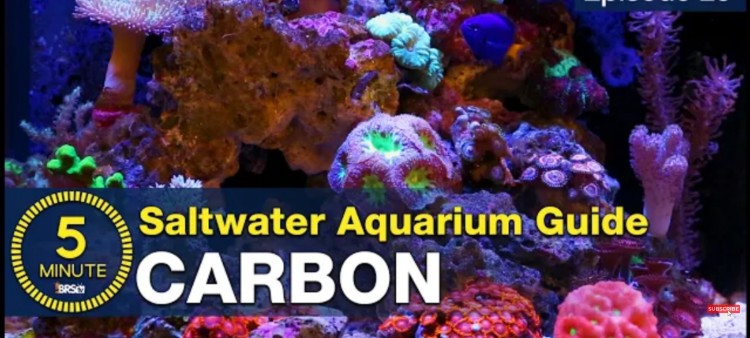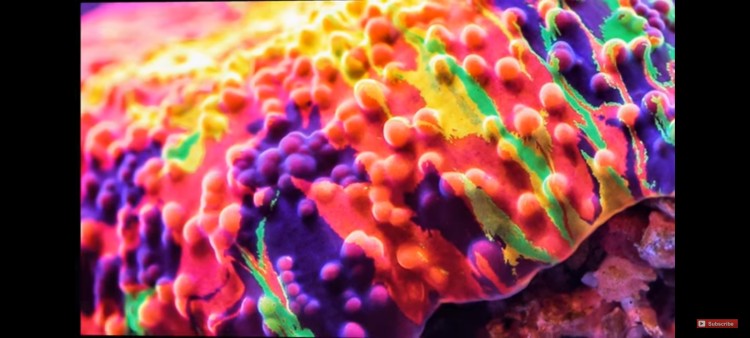Why Activated Carbon is Important For the Best Water Quality in Your Saltwater Tank?
- Mar 28, 2022
- Anshika Mishra
- 220 0 0

In today's saltwater aquarium guide, when you thought you had this reefing thing down, the water started to turn yellow and needed to be polished. So, this is how you can maintain crystal clear water in your reef tanks.
It's time to talk about the carbon that helps keep the water pristine. These are two-minute tasks and are super cheap. But you have to know what to look for in terms of when to do it and what success looks like.
Today, we will hand over those tools and knowledge of what to do. The challenge here is while the skimmer and water changes keep overall water pollutants down, neither will prevent the water from yellowing over time.
Yellow Water in Saltwater Tank
Yellow water results from organics, food, adn fish waste breaking down. The yellow water is not just visible undesirable but also blocks light from penetrating the water and reduces the energy to the corals.
Overall, yellow water represents general poor water quality and is often associated with undesirable odours.
Because the lights in our tanks are so blue, it is often hard to see how yellow the water has become with the naked eye. You can see it best when the tank lights are off, and you look through the tank, particularly through the sides of the tank where you are looking through more water, and you can see how yellow the room looks on the other side.
However, the best time to see it is when you change your water; put your bucket of freshly made saltwater alongside the water you take out of the tank. If they don't look the same, it's time to polish the water.
The Role of Activated Carbon
Running some carbon will turn it back to its original pristine, blue state. The next time you run some carbon the day before your water change, you will see how visually your old water and new water look nearly identical this time.
The media we have been talking about is activated carbon. Carbon is the most widely used filtration media on the planet and is used in industries. You've probably seen carbon in your drinking water filters; in RO/DI systems, there's that second, sometimes the third filter. Under that paper is a solid carbon block of the cylinder.
The carbon media is just a vast microscopic pore network designed to absorb pollutants, and the media has so much surface area that it is somewhat difficult to grasp. In fact, a single teaspoon of carbon has as much surface area as an entire football field.
That is partially what makes it so good at removing these common water pollutants. In aquariums, most reefers drop in a filter bag of carbon into a high flow area or the sump or tank. Or better yet, run it in your reactor, which pumps water through the media.
However, a much cheaper and better way is to put a small carbon bag back there. A 4X8 mesh bag with drawstrings will work well.
A quarter cup of carbon is usually adequate, and the small container will probably last you most of the years on these tanks. So, it will cost you no more than $1.50.
However, before using the carbon, make sure to run it under some cold water in the bag until the water runs clear, and all the dusty fines are out.
If you are looking for best practices, you can rinse in RO/DI water, but you can also use tap water because it is faster and easier.







About author